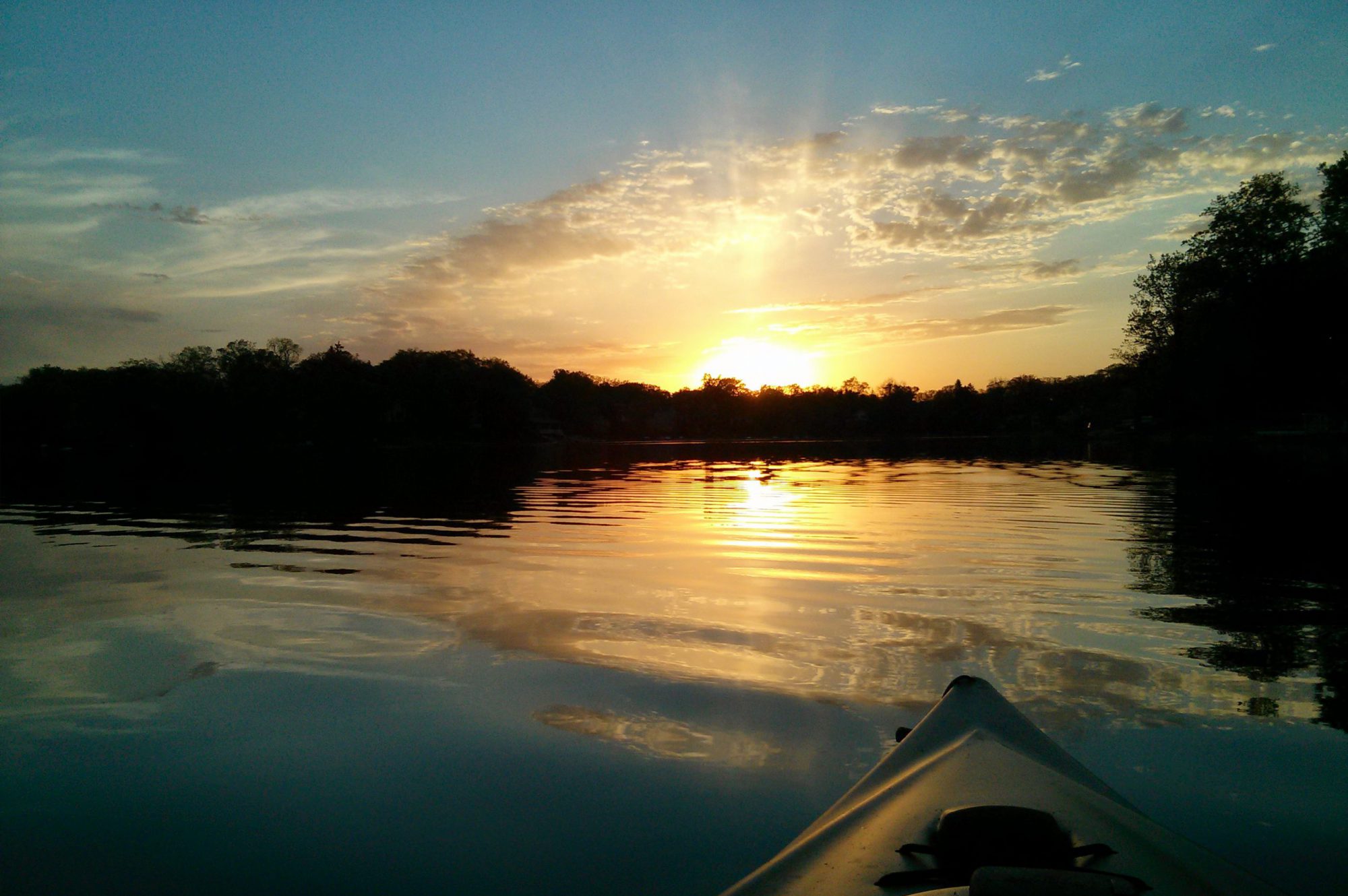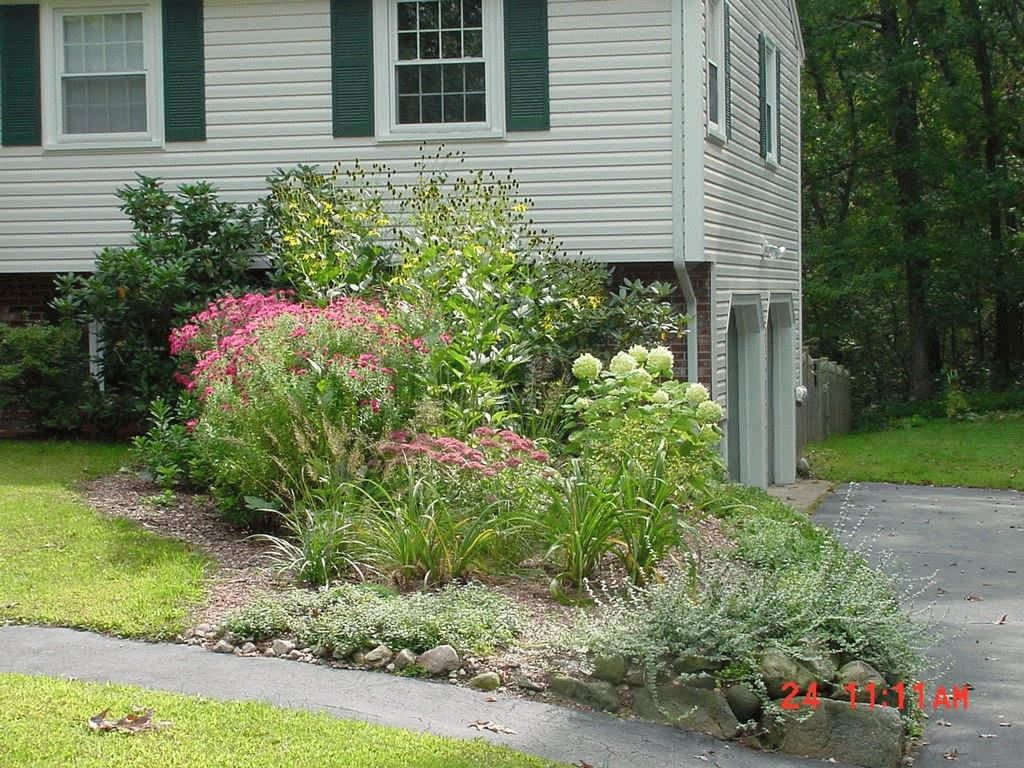A rain garden is a garden with a special purpose–to reduce the amount of storm water runoff entering local streams and lakes.
Sylvan Lake is fed mainly by storm water runoff. By creating
a rain garden on your property, you can help improve the water
quality in our lake. You can use rain the way nature intended,
instead of throwing this resource away. A rain garden is a
natural way for you to help solve our storm water pollution
problems, help recharge groundwater, and protect our water
resources.
In addition, rain gardens are attractive landscaping features. They
use native species of plants that are adapted to our region, and
they can be low maintenance while providing habitat for native
wildlife and butterflies.
Why is stormwater a problem?
We tend to think that large industrial polluters cause most water pollution, but this is not the case. We are the real culprits. The Environmental Protection Agency (EPA) has determined that up to 70% of the pollution in our surface waters is carried there by storm water runoff. Some studies show that about 50% of that pollution comes from individuals and homeowners, due to yard care, yard waste, and chemical pollution from household activities.
When it rains, water runs off of our roofs, parking lots, streets, and lawns, instead of soaking into the soil the way it did before development. This water, along with everything it picks up along the way, ends up in storm sewers and ditches that discharge into the lake. Salt from roads, pet waste, lawn nutrients, spilled gas, oil and other pollutants are all washed into our lake water.
Will rain gardens breed mosquitoes?
No. Mosquitoes needs 7 to 12 days to lay and hatch eggs, and standing water in the rain garden will last for a few hours after most storms. Mosquitoes are more likely to lay eggs in bird baths, storm sewers, and lawns than in a sunny rain garden. Also rain gardens attract dragonflies which eat mosquitoes.
How is a rain garden constructed?
They can be simple—just a green area of your yard where storm water goes—or complex, involving excavating and re-building soil. They also may be “industrial strength,” handling large volumes of water periodically, where large-scale storm water management regulations must be met.
Where should I put a rain garden?
You can put a rain garden just about anywhere. In a low area of your yard, a complex of plants and soil will absorb a lot of rain.
If you have a problem with a wet basement, locate the rain garden away from building foundations. Ten feet away and down-slope is a rule of thumb.
Every garden is site specific and unique—you can make it what you want to make it.
What plants can I put in a rain garden?
Many beautiful plants, trees and shrubs can be planted in a rain garden. We recommend species native to to our region, but other cultivated non-native species can be very beautiful, too. Just NOT Purple Loosestrife!
Lake County has a wealth of information on how to start your own rain garden.

